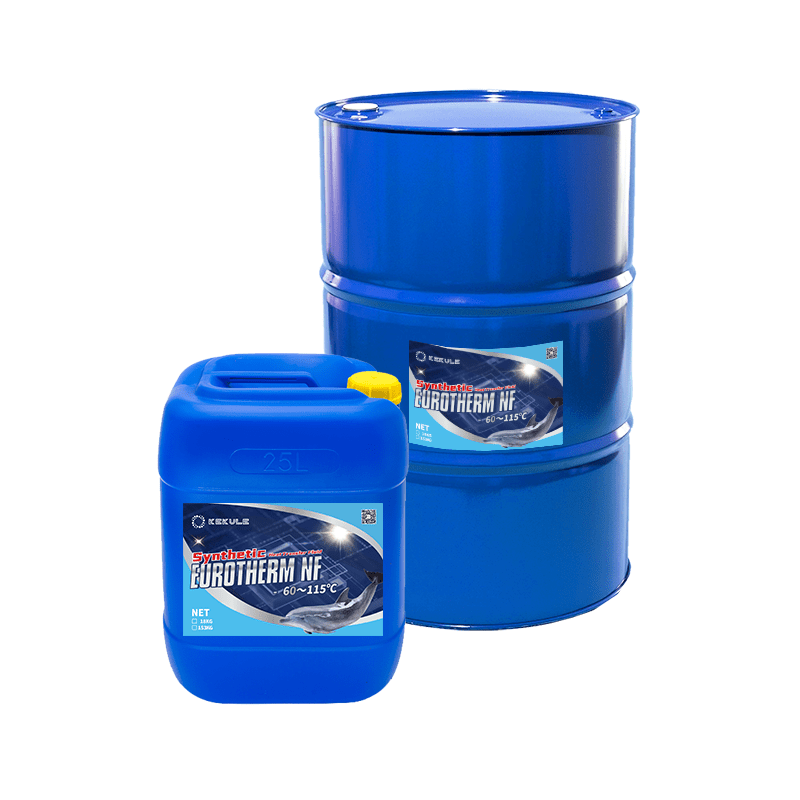Not known Factual Statements About Chemie
Not known Factual Statements About Chemie
Blog Article
The Best Strategy To Use For Chemie
Table of ContentsOur Chemie StatementsWhat Does Chemie Do?The Only Guide for ChemieChemie - An OverviewThe 15-Second Trick For ChemieThe smart Trick of Chemie That Nobody is Discussing
By Bojanna Shantheyanda, Sreya Dutta, Kevin Coscia and David SchiemerDynalene, Inc. Liquid air conditioning, which can be attained making use of indirect or straight methods, is utilized in electronic devices applications having thermal power thickness that might surpass risk-free dissipation with air cooling. Indirect liquid air conditioning is where warm dissipating electronic components are literally divided from the liquid coolant, whereas in case of direct air conditioning, the elements are in straight call with the coolant.Nevertheless, in indirect cooling applications the electric conductivity can be crucial if there are leaks and/or splilling of the liquids onto the electronics. In the indirect cooling applications where water based liquids with deterioration preventions are normally used, the electric conductivity of the liquid coolant primarily depends on the ion focus in the fluid stream.
The boost in the ion concentration in a shut loop liquid stream may take place because of ion leaching from metals and nonmetal components that the coolant fluid is in call with. During operation, the electrical conductivity of the liquid might enhance to a degree which can be harmful for the cooling system.
What Does Chemie Do?
(https://chemie.godaddysites.com/f/revolutionizing-cooling-and-heating-solutions-with-chemie)They are grain like polymers that can exchanging ions with ions in a solution that it is in call with. In the existing job, ion leaching examinations were carried out with numerous steels and polymers in both ultrapure deionized (DI) water, i.e. water which is dealt with to the highest degree of pureness, and low electrical conductive ethylene glycol/water combination, with the determined change in conductivity reported gradually.
The examples were permitted to equilibrate at space temperature for 2 days before tape-recording the preliminary electrical conductivity. In all examinations reported in this research study fluid electric conductivity was measured to a precision of 1% utilizing an Oakton CON 510/CON 6 collection meter which was calibrated prior to each dimension.
The Basic Principles Of Chemie
from the wall surface heating coils to the center of the heater. The PTFE sample containers were put in the heater when stable state temperature levels were gotten to. The test configuration was gotten rid of from the heater every 168 hours (seven days), cooled to space temperature level with the electric conductivity of the liquid measured.
The electrical conductivity of the fluid sample was checked for an overall of 5000 hours (208 days). Figure 2. Schematic of the indirect closed loop cooling experiment set-up - heat transfer fluid. Table 1. Parts utilized in the indirect closed loophole cooling experiment that are in call with the liquid coolant. A home schematic of the experimental configuration is displayed in Figure 2.

Chemie Can Be Fun For Everyone
Throughout procedure the liquid reservoir temperature was preserved at 34C. The adjustment in liquid electric conductivity was monitored for 136 hours. The fluid from the system was collected and kept. Shut loophole examination with ion exchange material was carried out with the same cleaning procedures employed. The initial electrical conductivity of the 230ml UP-H2O in the system measured 1.84 S/cm.

0.1 g of Dowex material was contributed to 100g of fluid examples that was absorbed a different container. The mix was mixed and change in the electrical conductivity at space temperature was gauged every hour. The measured change in the electrical conductivity of the UP-H2O and EG-LC examination liquids including polymer or steel when involved for 5,000 hours at 80C is revealed Figure 3.
6 Easy Facts About Chemie Explained
Ion leaching experiment: Measured modification in electrical conductivity of water and EG-LC coolants having either polymer or steel examples when immersed for 5,000 hours at 80C. The results indicate that steels added less ions into the fluids than plastics in both UP-H2O and EG-LC based coolants.
Fluids containing polypropylene and HDPE showed the most affordable electrical conductivity changes. This can be because of the short, inflexible, direct chains which are less likely to add ions than longer branched chains with weaker intermolecular pressures. Silicone also performed well in both examination fluids, as polysiloxanes are usually chemically inert because of the high bond power of the silicon-oxygen bond which would prevent destruction of the material right into the fluid.
Chemie for Beginners
It would be anticipated that PVC would certainly produce similar outcomes to those of PTFE and HDPE based upon the comparable chemical structures of the materials, nonetheless there might be other pollutants existing in the PVC, such as plasticizers, that might affect the electrical conductivity of the liquid - inhibited antifreeze. Additionally, chloride groups in PVC can likewise seep right into the examination liquid and can cause an increase in electrical conductivity
Polyurethane entirely degenerated right into the examination liquid by the end of 5000 hour examination. Before and after pictures of metal and polymer samples immersed for 5,000 hours at 80C in the ion leaching experiment.
Calculated adjustment in the electric conductivity of UP-H2O coolant as a feature of time with and without material cartridge in the shut indirect air conditioning loop experiment. The measured modification in electrical conductivity of the UP-H2O for 136 hours with and without ion exchange material in the loop is displayed in Number 5.
Report this page